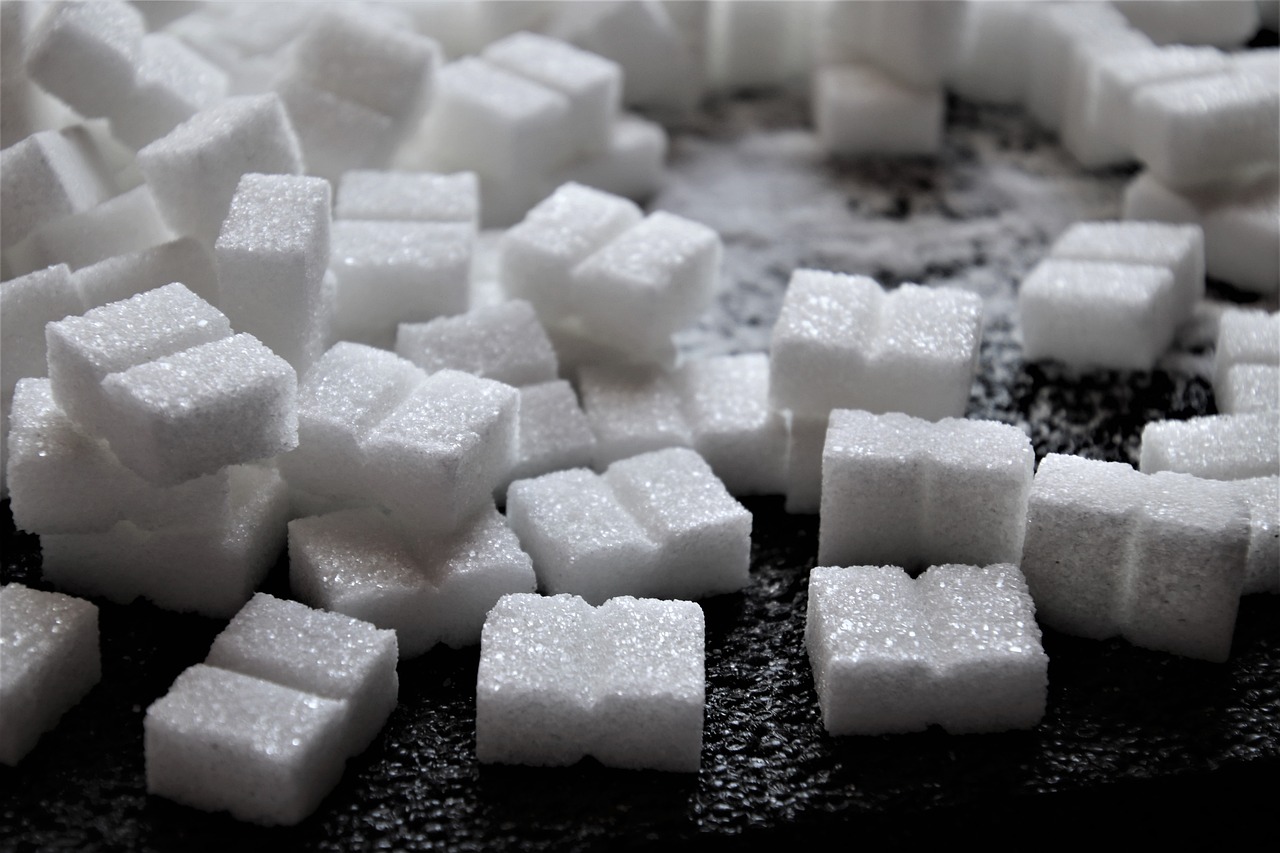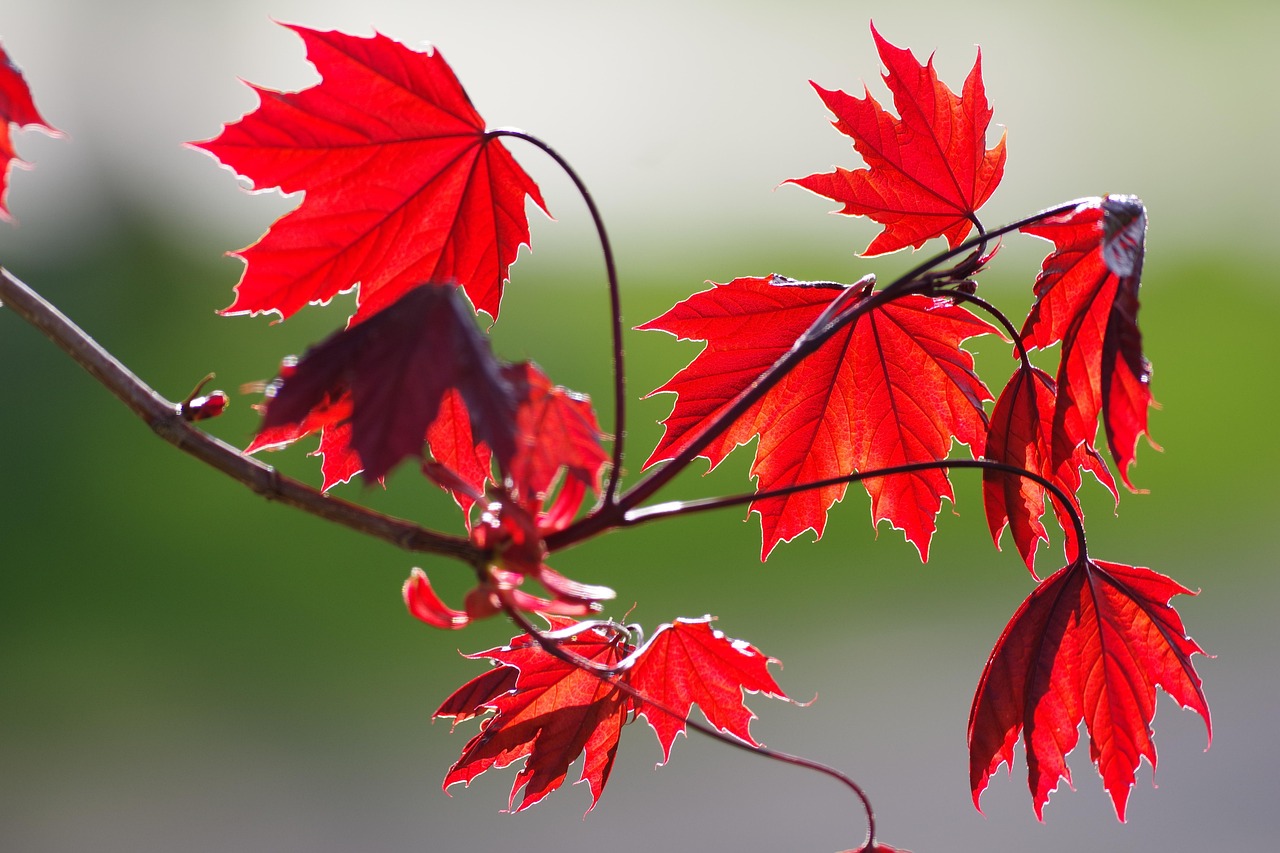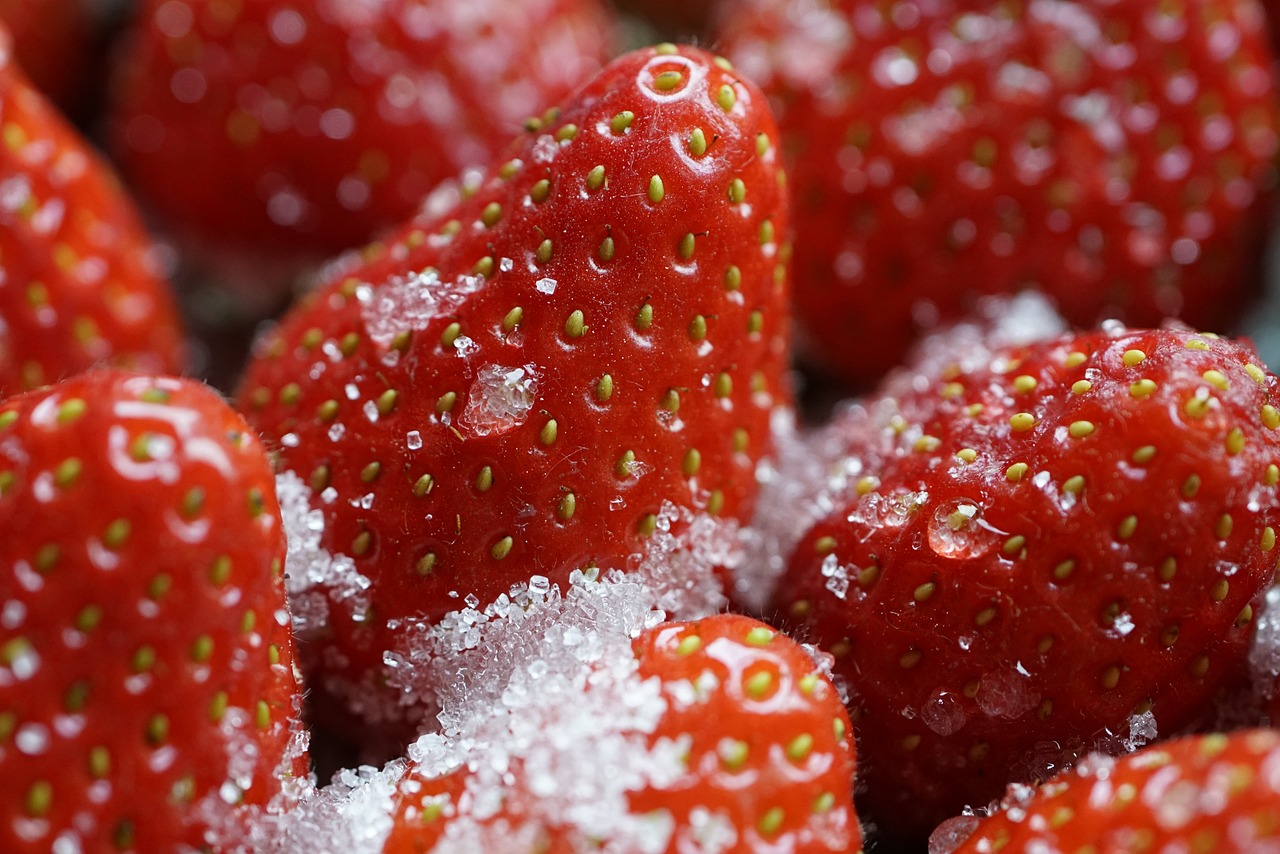Sugar maple firewood is an excellent choice for burning. It provides high heat output, burns slowly, and produces minimal smoke and ash. This makes it ideal for heating and creating a cozy ambiance in your home.
Understanding Sugar Maple Firewood

Sugar maple, known scientifically as Acer saccharum, is a popular species of hardwood found primarily in North America. This tree is celebrated not only for its beautiful foliage in autumn but also for its dense wood, which is highly valued for various uses. When it comes to firewood, sugar maple stands out due to its numerous advantages.
One of the key features of sugar maple firewood is its high energy content. The heat output of firewood is measured in British thermal units (BTUs). Higher BTU ratings mean more heat for your space, making it crucial for effective heating. Sugar maple firewood typically has a BTU rating of around 24 million BTUs per cord, placing it among the top choices for firewood.
Benefits of Burning Sugar Maple Firewood
- High Heat Output: As mentioned, sugar maple has a high BTU rating, making it an efficient heat source.
- Slow Burn Rate: It burns slowly and steadily, providing long-lasting warmth.
- Low Smoke Production: Burning sugar maple produces minimal smoke, making it suitable for indoor use in wood stoves or fireplaces.
- Low Ash Content: This wood generates less ash compared to softer woods, reducing cleanup time.
- Pleasant Aroma: The wood emits a sweet, pleasant smell when burned, enhancing the experience.
These characteristics make sugar maple firewood a favorite among seasoned wood burners. However, it’s also important to consider how to properly prepare and store this firewood to maximize its benefits.
Preparation and Seasoning
To get the most out of sugar maple firewood, proper preparation and seasoning are essential. Seasoning refers to the process of drying the wood after it has been cut. This process allows moisture to evaporate from the logs, making them more efficient for burning.
Green or unseasoned wood contains a significant amount of moisture, which can lead to poor combustion and increased smoke production. For optimal burning conditions, sugar maple should be seasoned for at least 6 to 12 months. The following tips can help you effectively season your firewood:
- Cut the wood into manageable lengths (typically 16 inches).
- Split the logs to increase surface area for faster drying.
- Store the firewood in a well-ventilated area, preferably off the ground, to prevent moisture accumulation.
- Cover the top of the wood pile with a tarp to protect it from rain while allowing airflow from the sides.
Storage Considerations
Proper storage is crucial for maintaining the quality of your sugar maple firewood. Storing it in a dry and sheltered location will help ensure that it remains ready for burning when you need it. Consider these storage options:
- Wood Rack: Using a wood rack allows air circulation while keeping the wood off the ground.
- Sheltered Area: If possible, store the firewood under a roof or tarp to protect it from rain and snow.
- Avoid Direct Ground Contact: Place pallets or bricks under your wood stack to prevent moisture from seeping in.
By following these guidelines for preparation and storage, you can ensure that your sugar maple firewood is ready to provide efficient and enjoyable heat during colder months.
Comparing Sugar Maple to Other Firewood Options
When considering firewood choices, it’s essential to compare sugar maple with other popular types of wood. Different firewood species offer varying heat outputs, burn rates, and characteristics. Understanding these differences can help you make an informed decision based on your specific needs.
Hardwoods vs. Softwoods
Firewood is generally categorized into hardwoods and softwoods. Hardwoods, like sugar maple, come from deciduous trees, while softwoods come from coniferous trees. Here are some key distinctions between the two:
| Feature | Hardwoods (e.g., Sugar Maple) | Softwoods (e.g., Pine) |
|---|---|---|
| Heat Output | Higher BTU ratings | Lower BTU ratings |
| Burn Rate | Burns slowly | Burns faster |
| Smoke Production | Less smoke | More smoke |
| Aroma | Pleasant scent | Piney scent |
As seen in the table, sugar maple offers higher heat output and burns more slowly than many softwoods. This makes it ideal for longer-lasting fires. However, softwoods can be beneficial for quick-starting fires or when lower heat is acceptable.
Popular Hardwoods for Comparison
Besides sugar maple, several other hardwoods are commonly used for firewood. Here are a few notable options:
- Oak: Known for its high density and excellent heat output. Oak burns very slowly and produces minimal smoke.
- Hickory: Offers a strong heat output and a distinctive flavor when used in smoking meats.
- Beech: Similar to sugar maple in terms of heat output and burning characteristics, beech is also a good option.
- Birch: Burns quickly and produces a pleasant aroma but has a lower BTU rating compared to sugar maple.
Each of these hardwoods has unique properties that may make them suitable for various situations. Oak and hickory are particularly favored for their long burn times, while birch is often chosen for its immediate availability and nice scent.
Environmental Impact of Burning Sugar Maple Firewood
When considering firewood options, it is also vital to think about the environmental impact of burning wood. Burning wood can contribute to air pollution if not done correctly. However, sugar maple firewood can be a relatively eco-friendly choice if sourced responsibly.
Sustainability and Sourcing
Sustainable harvesting practices ensure that trees are not over-exploited. Here are some tips for sourcing sugar maple firewood sustainably:
- Buy Local: Purchase firewood from local suppliers to reduce transportation emissions.
- Select Managed Forests: Look for wood that comes from sustainably managed forests where replanting occurs.
- Avoid Illegal Harvesting: Ensure that the wood you purchase is sourced legally to prevent harm to ecosystems.
Sourcing sugar maple firewood responsibly helps maintain healthy forest ecosystems while providing a clean-burning fuel source.
Air Quality Considerations
While burning sugar maple produces less smoke than many softwoods, it is still important to use proper burning techniques to minimize emissions:
- Use Seasoned Wood: Seasoned wood burns more efficiently and produces less smoke.
- Avoid Burning Trash: Burning non-wood materials releases harmful toxins into the air.
- Install a Clean-Burning Stove: Consider using EPA-certified stoves designed to minimize emissions.
By following these guidelines, you can enjoy the benefits of sugar maple firewood while being mindful of its environmental impact.
Using Sugar Maple Firewood in Different Heating Systems

Sugar maple firewood can be utilized in various heating systems, each offering unique benefits and challenges. Understanding how to effectively use this firewood in different setups can enhance your heating experience. Below are some common methods for burning sugar maple firewood.
Wood Stoves
Wood stoves are a popular choice for those who want to heat their homes efficiently. When using sugar maple firewood in a wood stove, consider the following:
- Size of the Stove: Ensure that your wood stove is appropriately sized for the space you’re heating. A smaller stove may struggle with larger logs.
- Loading Techniques: Load the wood in a way that promotes airflow. Place larger logs at the back and smaller pieces at the front to enhance combustion.
- Temperature Control: Adjust the air intake on your stove to control the burn rate and temperature. This helps maintain an efficient fire.
Using sugar maple in a wood stove can provide steady heat, making it an excellent option for cold winter nights.
Fireplaces
If you prefer to use sugar maple firewood in a traditional fireplace, there are some important considerations:
- Use a Fireplace Insert: Installing a fireplace insert can significantly improve heat efficiency by providing a closed combustion system.
- Choose the Right Size Logs: Break or cut the logs into smaller pieces to fit more easily in the fireplace and allow for better air circulation.
- Maintain Your Chimney: Regular chimney cleaning is essential to prevent creosote buildup, which can pose a fire hazard.
While traditional fireplaces may not be as efficient as wood stoves, they can create a charming atmosphere when burning sugar maple firewood.
Cooking and Outdoor Use

Sugar maple firewood is also an excellent choice for outdoor cooking and grilling. It imparts a subtle sweetness to food, enhancing flavors. Here are some ways to use sugar maple for cooking:
Grilling
When grilling with sugar maple, consider these tips:
- Use Wood Chips: Soak sugar maple wood chips in water before adding them to your grill. This helps create smoke without burning too quickly.
- Combine with Charcoal: Mix sugar maple chunks with charcoal for added flavor while maintaining steady heat.
- Avoid Overcooking: Monitor cooking times closely, as sugar maple can produce strong flavors if food is left on the grill too long.
Smoking Meats
Sugar maple is particularly popular for smoking meats due to its mild flavor. Here’s how to make the most of it:
- Select Fresh Wood: Use freshly cut or well-seasoned sugar maple wood for the best flavor.
- Control Temperature: Maintain a consistent low temperature while smoking to ensure even cooking.
- Experiment with Blends: Combine sugar maple with other woods like hickory or cherry for unique flavor profiles.
The versatility of sugar maple makes it an attractive option not only for heating but also for culinary uses, enriching both indoor and outdoor cooking experiences.
Cost and Availability of Sugar Maple Firewood
The cost of sugar maple firewood can vary based on location, availability, and market demand. Understanding these factors can help you budget effectively for your firewood needs.
Pricing Factors
When considering the price of sugar maple firewood, keep in mind the following factors:
- Local Supply and Demand: Prices may fluctuate based on local availability and seasonal demand.
- Quality of Wood: Well-seasoned and high-quality firewood will typically cost more than green or lower-quality options.
- Delivery Costs: If you are having firewood delivered, factor in any additional shipping or delivery fees.
Averaging Cost
The average cost of sugar maple firewood typically ranges between $200 and $400 per cord, depending on the factors mentioned above. It’s advisable to shop around and compare prices from different suppliers to find a competitive rate. Additionally, buying in bulk can often lead to savings.
Sugar maple firewood is not only an excellent choice for burning but also a versatile option for heating and cooking applications. By understanding its uses, environmental impact, and cost considerations, you can make an informed decision about incorporating this firewood into your routine.
Additional Considerations for Using Sugar Maple Firewood
While sugar maple firewood has many advantages, there are a few additional considerations to keep in mind to optimize your burning experience and ensure safety.
Fire Safety Precautions
Safety should always be a priority when using firewood for heating or cooking. Here are some essential fire safety tips:
- Install Smoke Detectors: Ensure you have working smoke detectors in your home, especially near the heating area.
- Use a Carbon Monoxide Detector: A carbon monoxide detector is crucial for homes using wood stoves or fireplaces to prevent poisoning.
- Keep Flammable Materials Away: Maintain a safe distance between your firewood and other flammable materials, such as furniture or curtains.
- Have a Fire Extinguisher Handy: Keep a fire extinguisher accessible in case of emergencies.
Understanding Local Regulations
Different regions may have specific regulations regarding wood burning, especially concerning air quality. It’s important to familiarize yourself with local laws to ensure compliance. Here are some steps to take:
- Check Local Ordinances: Investigate any restrictions on burning wood in your area, especially during high pollution days.
- Obtain Necessary Permits: Some areas may require permits for outdoor burning.
- Stay Informed: Regularly check for updates on regulations that may affect your ability to burn firewood.
Benefits of Using Sugar Maple Firewood in the Long Run
Inv

esting in sugar maple firewood can provide numerous long-term benefits beyond immediate heating needs. Here are a few reasons why sugar maple is a smart choice:
- Cost-Effective Heating: Given its high heat output and slow burn rate, sugar maple firewood can lead to lower heating bills over time.
- Less Frequent Purchases: Because it burns slowly, you may need to purchase firewood less frequently compared to softer woods, which burn faster.
- Enhances Home Value: A well-maintained wood stove or fireplace can enhance the appeal and value of your home, especially in colder climates.
The combination of efficiency, pleasant aroma, and beautiful flames makes sugar maple a favored choice for many homeowners who rely on firewood for heating or cooking. Its sustainability when sourced responsibly also contributes positively to the environment.
Conclusion
Sugar maple firewood is an exceptional choice for anyone seeking a reliable and efficient burning option. With its high heat output, slow burn rate, and pleasant aroma, it stands out among other types of firewood. Proper preparation, storage, and usage techniques can significantly enhance your experience with sugar maple firewood. Additionally, by understanding the costs and environmental considerations associated with its use, you can make informed decisions that align with your heating needs and values.
Ultimately, whether you’re looking to heat your home or enjoy an outdoor cooking experience, sugar maple firewood offers versatility and reliability. Its numerous benefits make it not just a good choice but an excellent investment for cozy winter nights and delightful culinary adventures. By following best practices and being mindful of safety and regulations, you can enjoy the warmth and charm that sugar maple has to offer for many years to come.
